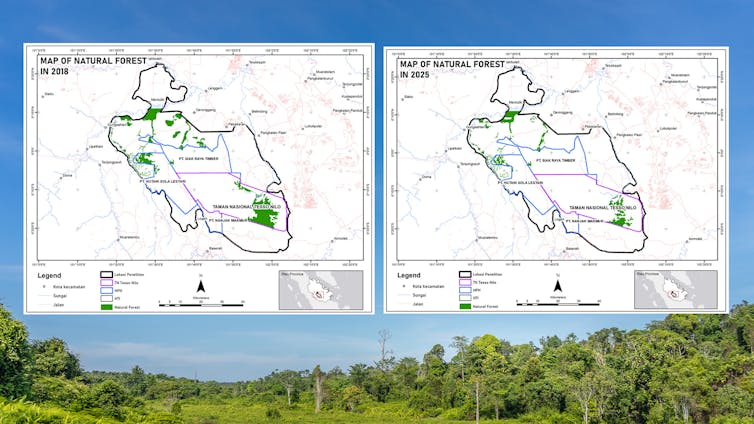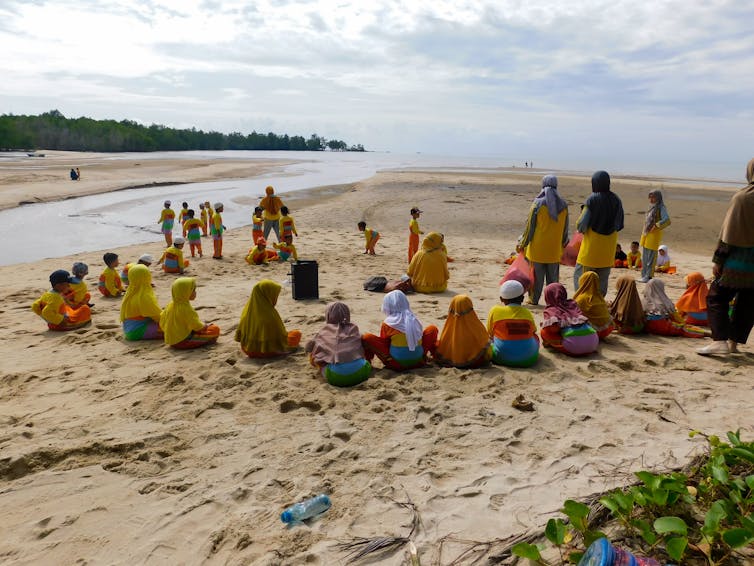Hong Kong Optical Fair Seminar Examines Asia's Contact Lens Market
- Written by ACN Newswire

Mr Medeiros was speaking at a seminar organised as part of the Hong Kong Optical Fair, organised by the Hong Kong Trade Development Council (HKTDC), that ran at the Hong Kong Convention and Exhibition Centre from 7-9 Nov. GfK conducts market research in 80 countries and has 400,000 points of sale reporting information. The company covers optical products in 28 countries and territories including Japan, the Chinese mainland, South Korea, Taiwan, India, Malaysia and Singapore in Asia.
Global Sales
The global contact lens market was worth US$9.7 billion in the first eight months of 2018, said Mr Medeiros. Soft spherical lenses made up 61% of sales and soft toric lenses 21%. Sales of spherical lenses were up 4.8% year on year (YoY), while sales of soft toric lenses grew by 6.5%. Soft multi-focal lenses are a smaller market, but their YoY growth was also in the 6.5% range.
The United States represents about 40% of the revenue generated in all 28 territories covered by GfK, while Asia accounts for 30%, Europe 27% and Latin America 2%. In terms of growth, however, Asia (excluding Japan) leads at 17% YoY, followed by Latin America (16.6%), the US (5.9%) and Europe (2.4%).
Differences Between Asian and Western Markets
There are clear differences between regions regarding the popularity of different lenses, said Mr Medeiros. The popularity of spherical lenses is roughly equal in different markets, accounting for 59% of the total in the US, 65% in Europe, 62% in Latin America and 64% in Asia. But there is a more noticeable difference when it comes to cosmetic (beauty) lenses. They make up only 3% of sales in the US and 2% in Europe, but 11% of sales in Latin America and 22% in Asia. Multifocal lenses, on the other hand, account for 11% of sales in the US and 10% in Europe, but only 3% in Asia and Latin America.
Speciality and cosmetic lenses present a unique opportunity in Asia, Mr Medeiros explained, especially for local brands. Whereas local brands have only a 3% market share in the US and 5% in Europe, they enjoy a 27% market share in Asia.
Daily disposable lenses are driving growth around the globe, he said, making up 72% of global sales, but there is room for growth in Asia where their share of revenue goes from a low of 14% in India to a high of 60% in South Korea. Silicon hydrogel lenses are growing faster (22% in the US, 22% in Europe and 26% in Asia). In the Asian market, silicon hydrogel lenses have a 46% market share in South Korea, 42% in Singapore, 31% in Japan and 23% in Taiwan. Traditional hydrogel lenses are experiencing slower growth (6% in the US, 2% in Europe and 6% in Asia).
The average retail price may have a significant effect on the popularity of daily disposable lenses, according to Mr Medeiros. In Asia, the prices are highest on the Chinese mainland, followed by Singapore, India, Malaysia, South Korea, Japan and Taiwan. In Japan and Taiwan, daily lenses not only have the lowest prices, but also the largest market share. The lower prices encourage consumers to upgrade, he said.
GfK also measures the percentage of fittings that result in purchases for different age groups. In South Korea, which Mr Medeiros suggested was a benchmark for other Asian markets for soft contact lenses, the under-20 age group had a 48% success rate. This dropped to 36% for the 21-25 age group, 35% for the 26-30 group, 31% for the 31-35 group, 26% for the 36-40 group and only 17% for the 41-plus group. He suggested that, "Cosmetic lenses were an important gateway in the category of younger users, providing companies with an opportunity to serve these new clients and lock in their custom."
He showed a picture of a typical optician's shop in South Korea to demonstrate the country takes a different approach to selling lenses. Whereas in other countries the emphasis is on eye health and healthcare, in South Korea, the focus is on beauty and fashion. The number of eyecare shops in South Korea increased from 400 to 600 from 2017 to 2018, said Mr Medeiros, thanks to the increasing popularity of soft contact lenses and a lean business model that means only a small retail space and investment is required.
Changing Demographics in Asia
Mr Medeiros pointed out that changing demographics would affect the lens markets, particularly on the Chinese mainland and in Japan. Multifocal lenses make up 45% of the market in Japan, compared to only 1.4% in South Korea and 0.1% on the Chinese mainland. This is due to two factors: the ageing population in Japan, where 60% of the population is more than 40 years old, and the fact that people tend to stop wearing contact lenses after the age of 40 in South Korea.
Mr Medeiros emphasised that the solution to the impact of an ageing population is to increase the age of the target population by five years. On the Chinese mainland, if contact lens use can be extended by five years the target population will be 30% larger by 2030. "The 35+ age group of contact lens users must be developed; multifocal lenses will come as a consequence of this, not the other way around," he said.
Mr Medeiros summarised his talk by pointing out that daily lenses were driving category growth and generating repeat customers, and that Asia was a unique region with regard to cosmetic lenses - and must be treated as such. He re-emphasised the importance of increasing lens wearers' lifecycle. "The time spent on fitting brings results and leads to continuity of business. Consumers need a reason to keep returning," he concluded.
Fair Website: http://hkopticalfair.hktdc.com[1]Photo download: https://bit.ly/2PPCtnB[2]
About HKTDC
Established in 1966, the Hong Kong Trade Development Council (HKTDC) is a statutory body dedicated to creating opportunities for Hong Kong's businesses. With 50 offices globally, including 13 on the Chinese mainland, the HKTDC promotes Hong Kong as a platform for doing business with China, Asia and the world. With more than 50 years of experience, the HKTDC organises international exhibitions, conferences and business missions to provide companies, particularly SMEs, with business opportunities on the mainland and in international markets, while providing business insights and information via trade publications, research reports and digital channels including the media room. For more information, please visit: www.hktdc.com/aboutus[3]. Follow us on Google+, [email protected][4], LinkedIn.
Contact:
Angel Leong, Tel: +852 2584 4298, Email: [email protected][5] Joshua Cheng, Tel: +852 2584 4395, Email: [email protected][6] Source: HKTDC[7] Topic: Trade Show or ConferenceSectors: Trade Shows, Retail/eCommerce[8][9] http://www.acnnewswire.com From the Asia Corporate News Network
Copyright © 2018 ACN Newswire. All rights reserved. A division of Asia Corporate News Network.
References
- ^ http://hkopticalfair.hktdc.com (hkopticalfair.hktdc.com)
- ^ https://bit.ly/2PPCtnB (bit.ly)
- ^ www.hktdc.com/aboutus (www.hktdc.com)
- ^ [email protected] (www.acnnewswire.com)
- ^ [email protected] (www.acnnewswire.com)
- ^ [email protected] (www.acnnewswire.com)
- ^ HKTDC (www.hktdc.com)
- ^ Trade Shows (www.acnnewswire.com)
- ^ Retail/eCommerce (www.acnnewswire.com)
Authors: ACN Newswire
Read more http://www.acnnewswire.com/press-release/english/47775/





